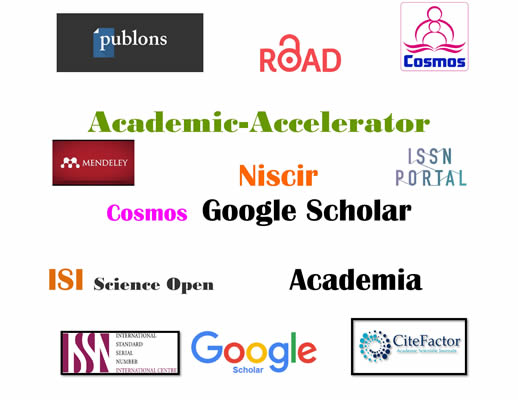Role of Estrogen in Male Androgenetic Alopecia
Heena Farheen*,Mahjabeen Naaz, Ayesha Naaz, Juzer Sabuwala, Dr. S P Srinivas NayakAbstract : Estrogen is traditionally involved in both female and male reproduction, besides various other biological systems involving the neuroendocrine, vascular, skeletal, and immune systems. Hair growth is affected by multiple factors that consist of transcription factors, cytokines and hormones. Androgenetic alopecia or male-pattern hair loss is a hereditarily determined progressive process that causes a gradual conversion of terminal hair into vellus hair. The most important factors involved in male baldness are characterized by androgens, genetic factors, and age. The 17β-estradiol inhibits, while the estrogen antagonist stimulates hair growth in both male and female. The alopecia results in a decrease in hair follicle size escorted by a decrease in the duration of anagen and an increase in the percentage of hair follicles in telogen with follicular miniaturization, which is the trademark of androgenetic alopecia. Estrogen inhibits hair growth, signifying that scalp hair growth might control the sex hormones. Among the various types of estrogen, the estradiol acts on hair follicle cycling by delaying the initiation of anagen and by prolongation of duration of telogen. Estradiol has found to modulate hair growth, playing primarily as hair growth inhibitor.
Open Access Journal | Steps Of Publication | Journal Editorial Board | Journal Indexing | Join As Reviewer | Contact Us | About us | Reviewers Panel
